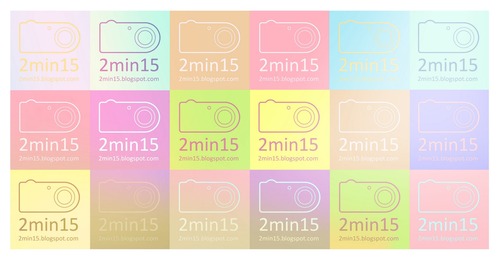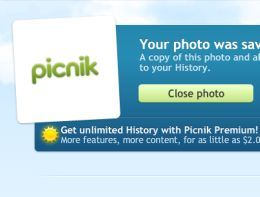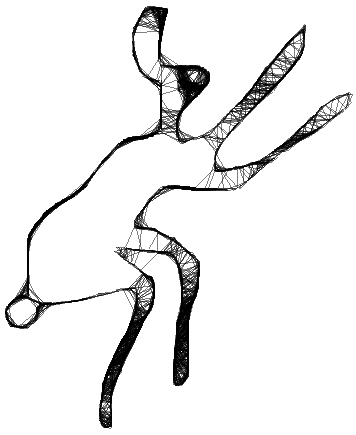How Journalism Is Getting Better
Michael Arrington’s recent TechCrunch post about old media “guys” who don’t get it made me realize how far things have come — and how much better they’ve gotten — in the world of journalism.
The Way Things Were (Wrong)
Why, for example, could we could lift from other sources without offering attribution? I remember when a librarian at ABC News taught us how to use news databases to find stories from local media that could serve as grist for our mill. On another occasion, I pretty much re-reported a Japanese magazine’s story for Newsweek. The Japanese magazine’s editor called me out privately, but I never paid any further price…
The Equation Is Changed
I remember… the first real-time chat between people in China and a major news website… the experience was raw, unfiltered and direct from the source — without any correspondent to tell us what was being said. The unlimited space, flexibility of time, and ability to bring others into the conversation broke down the barriers that the journalist can place, even inadvertently, between those involved in the news and those interested in it…
Change for the Good
Access to information has, obviously, improved as well. Search engines such as Google and myriad other information sources, from Twitter and Facebook to Digg and Delicious, have made it easier to be sure we don’t miss what’s relevant. They can also enable us to find serendipitous links that take us on new journeys. Sure, there’s still proprietary information locked up in Factiva, Nexis and Bloomberg terminals, but you’d be hard-pressed to convince me we have less access to good information today than we did before the web.
Accountable advertising
Today, in digital media, advertisers can at least tell if their ads have been served to (and presumably seen by) a viewer…
Read the full post at pbs.org
Hat tip to Dorian Benkoil at MediaShift for this insightful post about the merits of new media (despite his preference to stop calling it that.) These highlights gloss some of his insightful examples, so you’ll want to read the full post over at PBS.org. I’m especially drawn by his emphasis on attribution/transparency and the idea that it’s become so much easier for real people to share their unfiltered experience in real time. Less clear to me is his assertion that, “Journalists are also now held to a higher standard, and have to be more transparent.” I hope this is true, but I’m not always as confident as he is. Do you agree that today’s journalists are obliged to be more transparent and distort information less than in the past?













